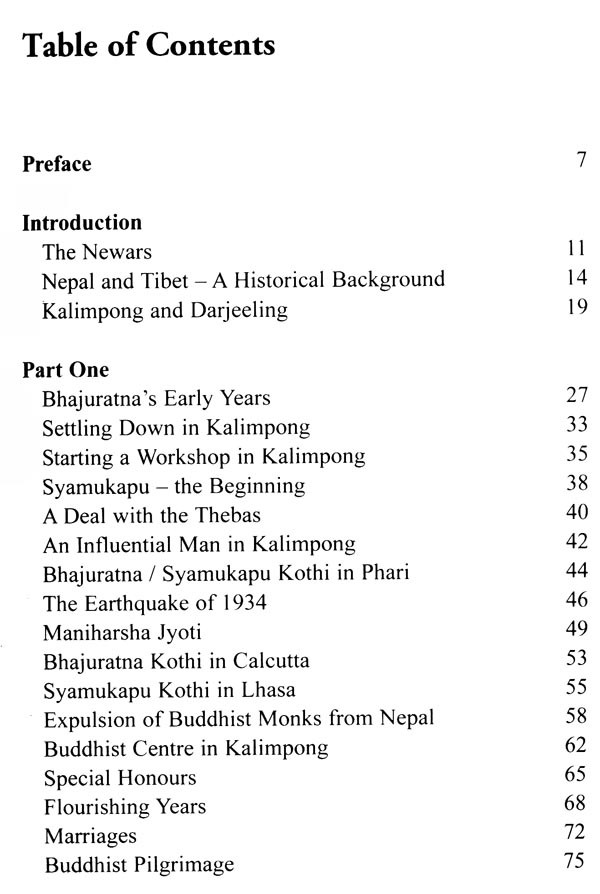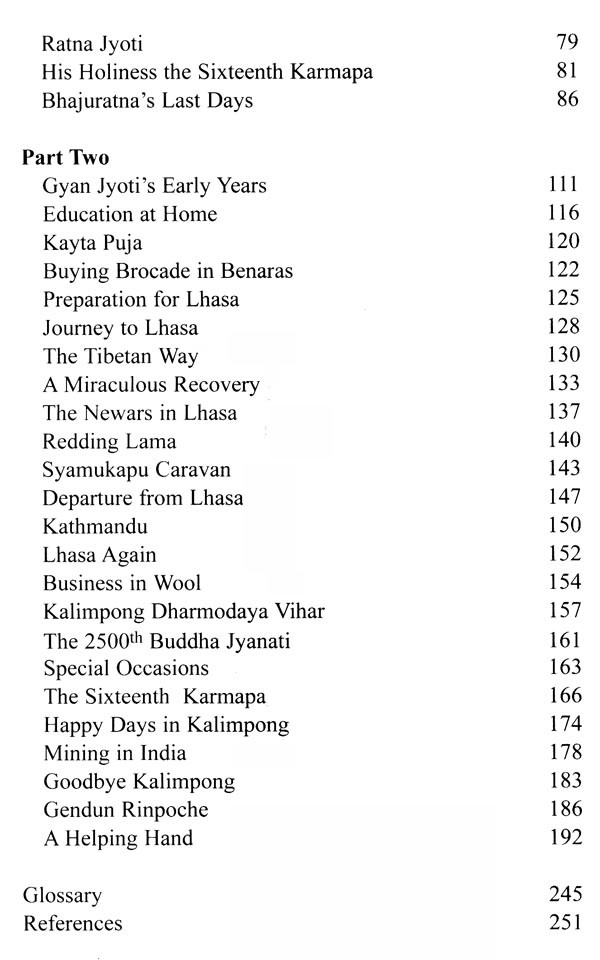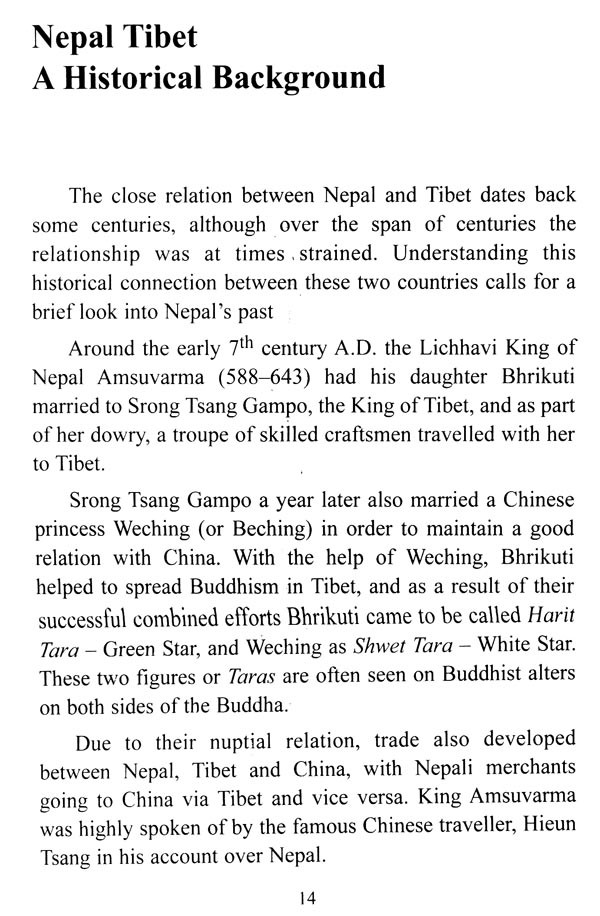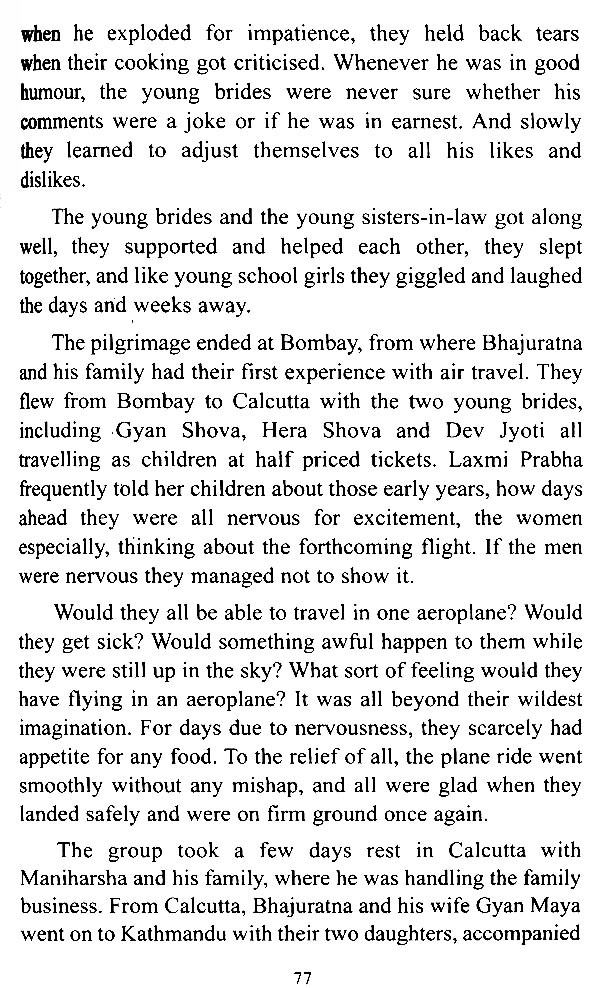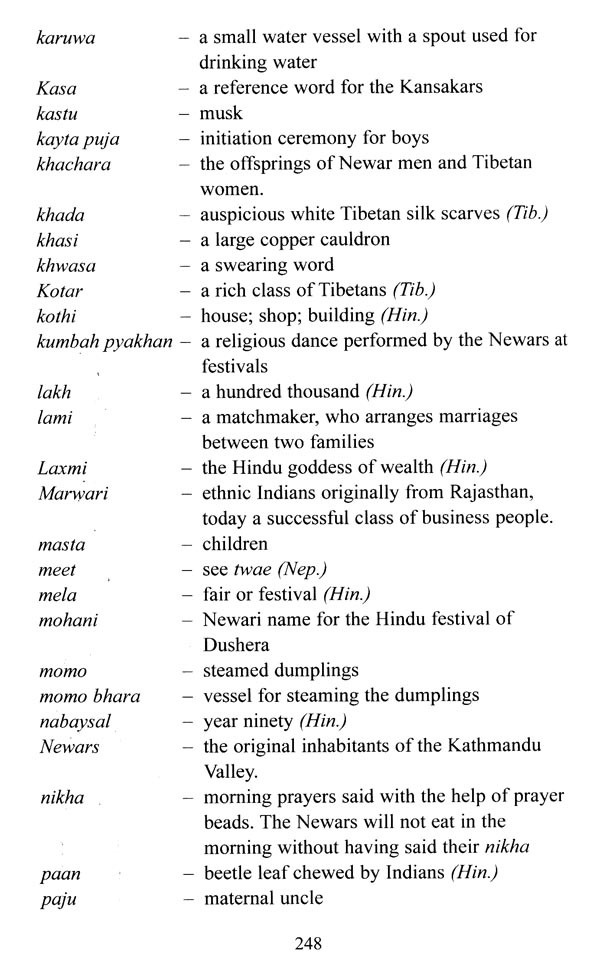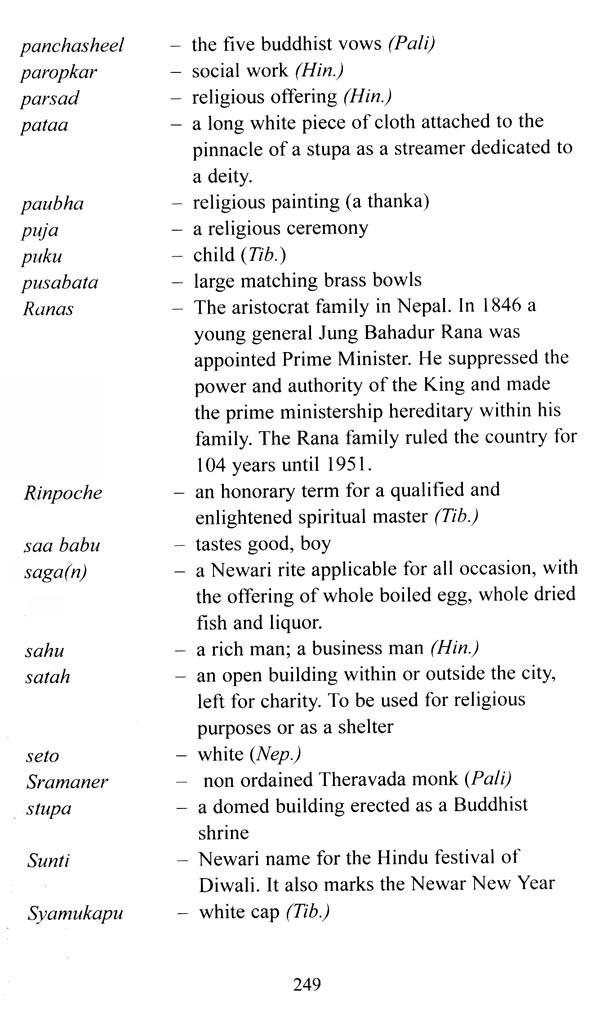
Syamukapu- The Lhasa Newars of Kalimpong and Kathmandu
Book Specification
| Item Code: | AZG870 |
| Author: | Kansakar Hilker |
| Publisher: | Vajra Books, Nepal |
| Language: | ENGLISH |
| Edition: | 2020 |
| ISBN: | 9789994664467 |
| Pages: | 252 |
| Cover: | PAPERBACK |
| Other Details | 8.50x5.50 inch |
| Weight | 300 gm |
Book Description
The centuries old trade route over northern Nepal came to a standstill with the opening of the Jelepla or the Younghusband Pass for the British India in 1904. This resulted in the Newars choosing the newly opened pass not far from Kalimpong for their trade to Tibet. The period of prosperity for the Lhasa Newars and for Kalimpong came to an end with the Indian Chinese war of 1962.
In recent years much has been written about the period in which Bhajuratna, my grandfather lived in. I now attempt to add my contribution to those published material on the Newar Merchants of Lhasa and Kalimpong, with details as narrated by my father Gyan Jyoti. I hope, that this effort of mine fulfils a deeply cherished wish of my father's.
Bhajuratna started as a small trader in Kalimpong, producing copper and brass household goods for the Tibetan market. Over the years he expanded to importing and exporting musk, yak tail, wool, Rolex watches, cotton and woollen textile and rich Indian brocade. Later, business was carried on by his sons under the name Jyoti Brothers, but the family remained popularly known to all as Syamukapu both in Kalimpong and in Tibet.
The Nepali speakers from roughly 58% (census 1981) of the country's total population. Of the remaining 42% half are divided into the Maithali, Bhojpuri, Abadhi, Bengali and Hindi speakers. The other half, the Tibeto-Burman speakers total about 21% and are divided into numerous exclusive dialect groups, such as the Tamangs, Rais, Gurungs, Sherpas and the Newars with their own cultural traditions. Barring the Newars, the Tibeto-Burman groups have typically strong Mongolian physical characteristics. The Newars stand out quite distinctly, with a high level of cultural achievement, represented by a complex civilisation with an urban bias, mainly concentrated in the Kathmandu valley.
**Contents and Sample Pages**

